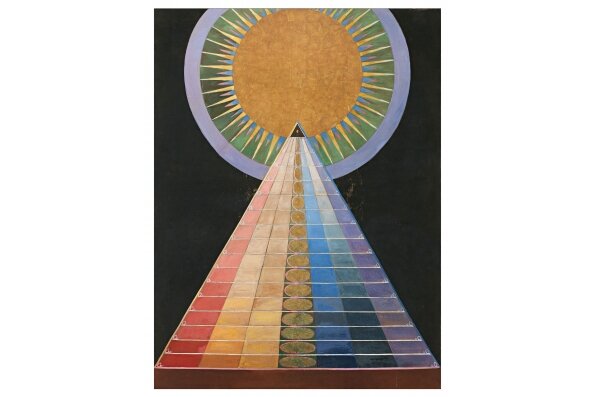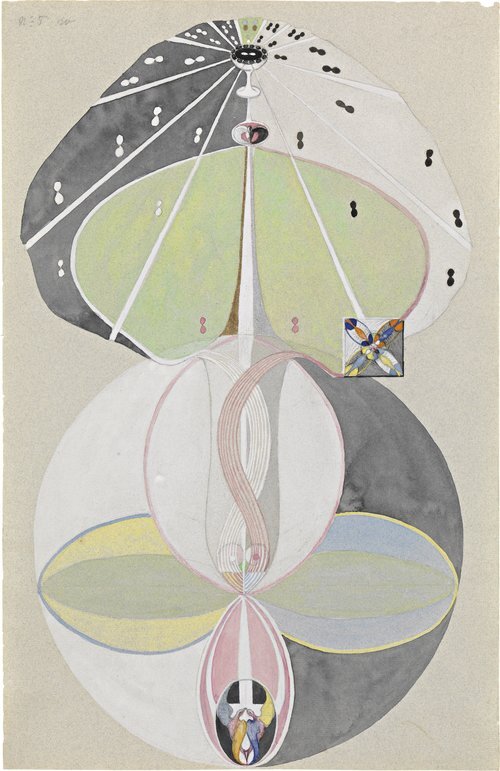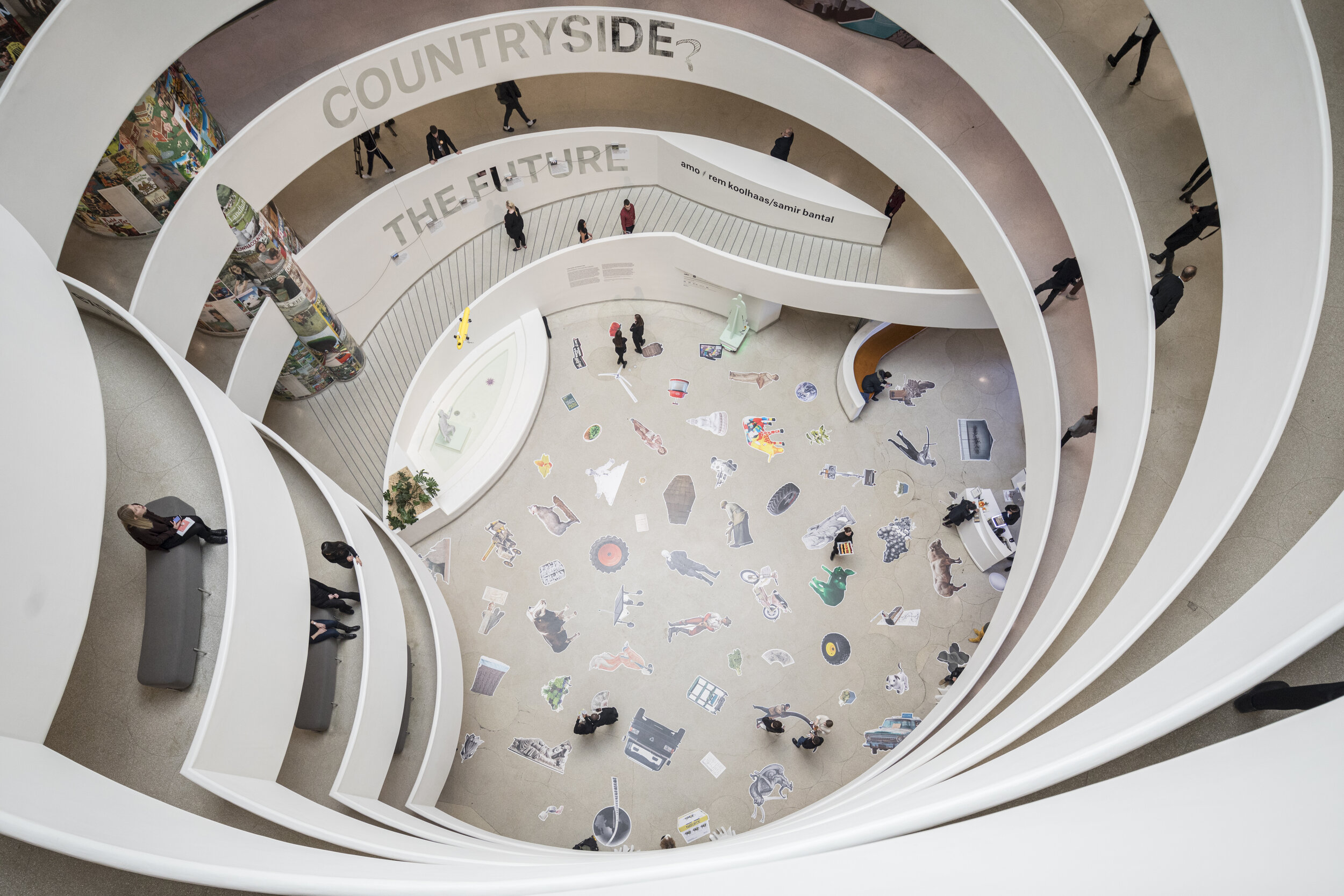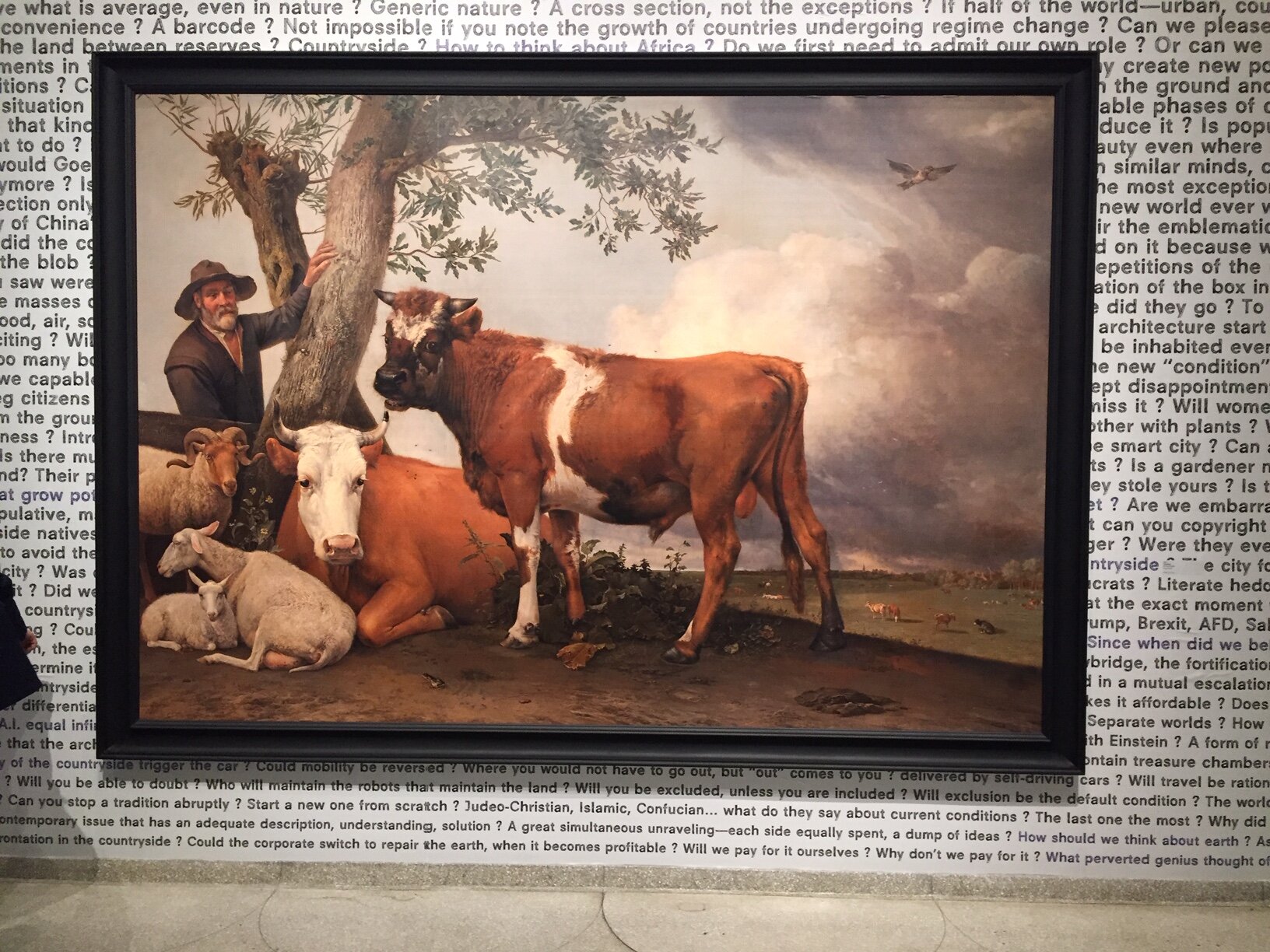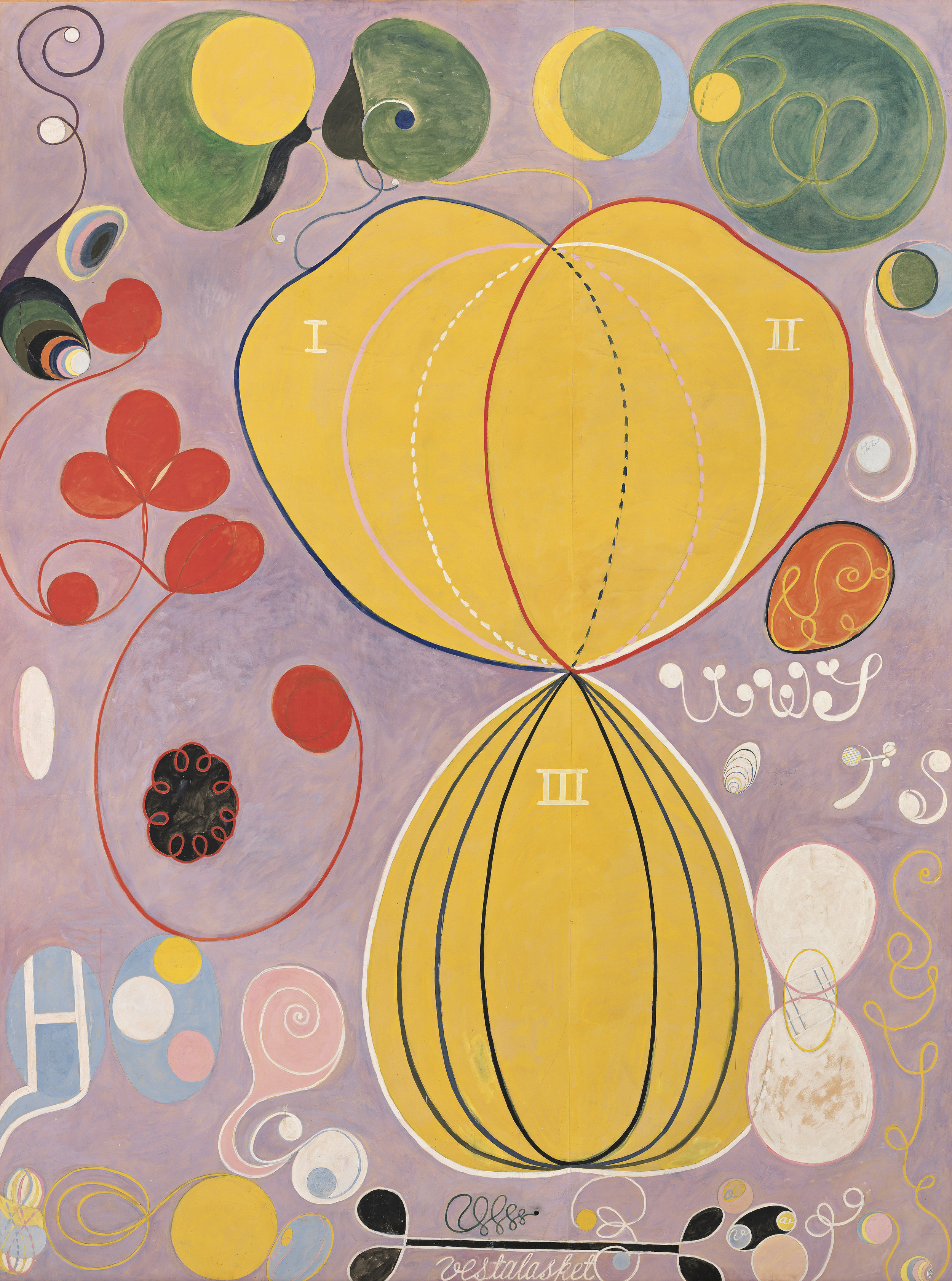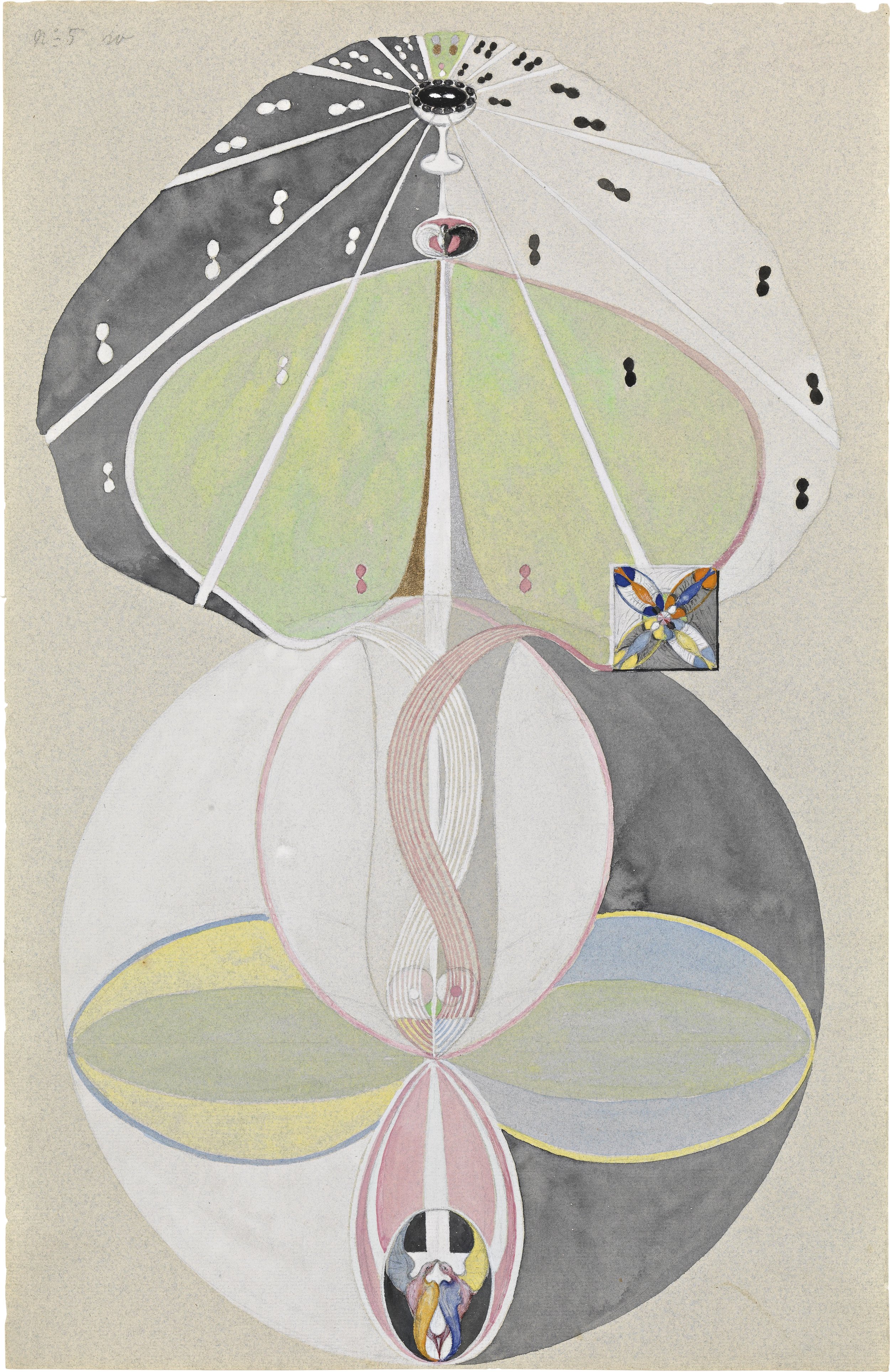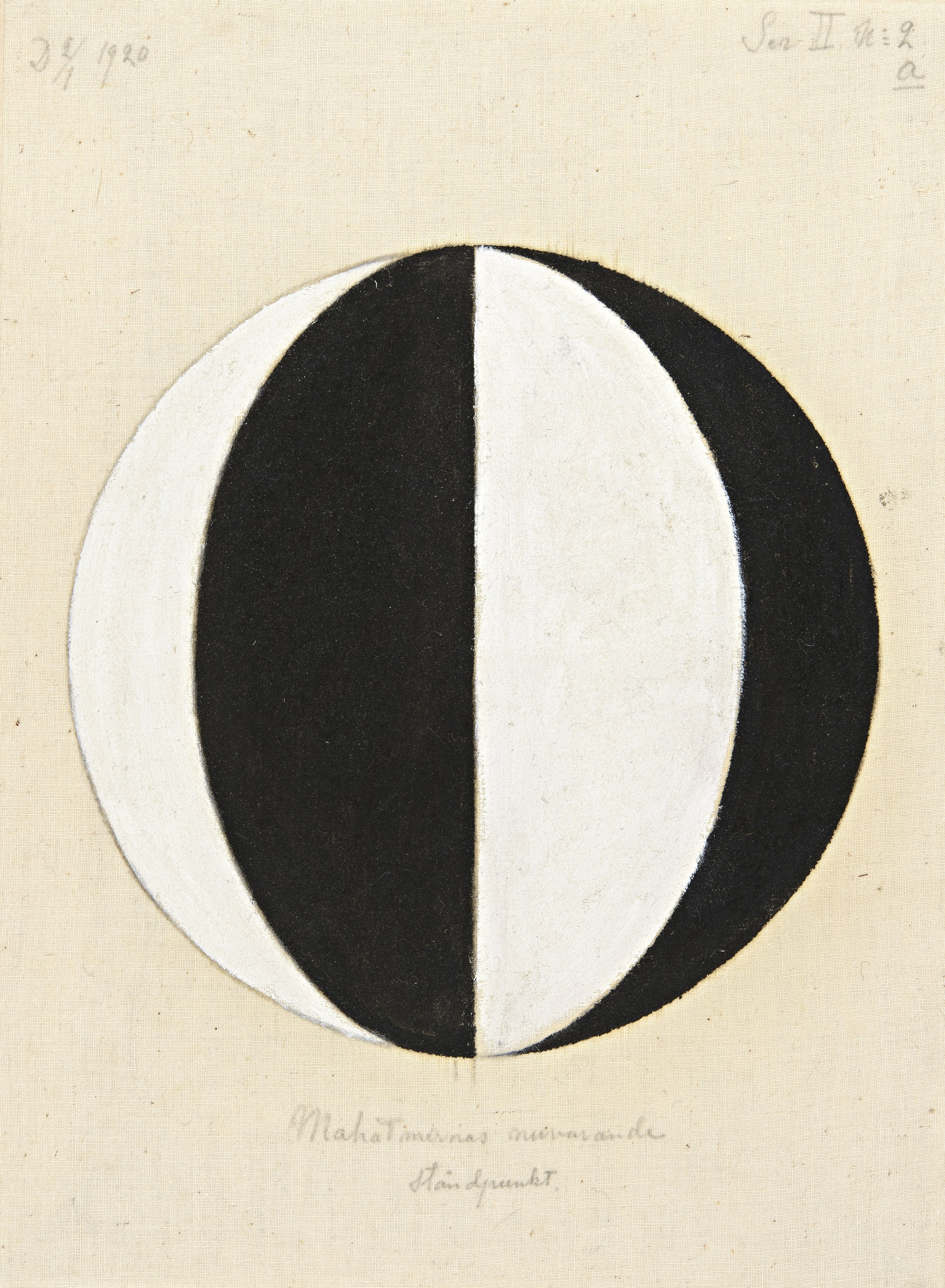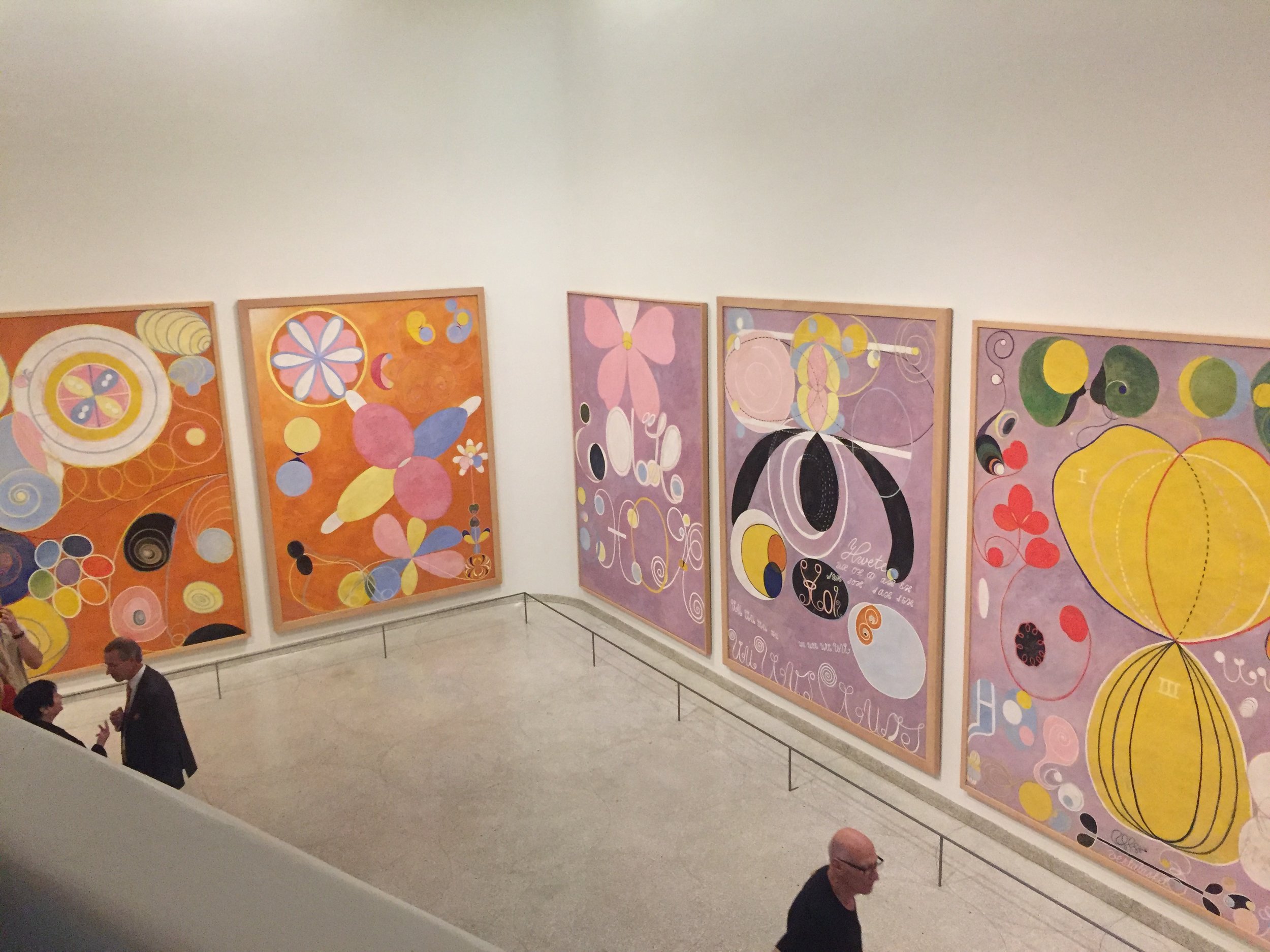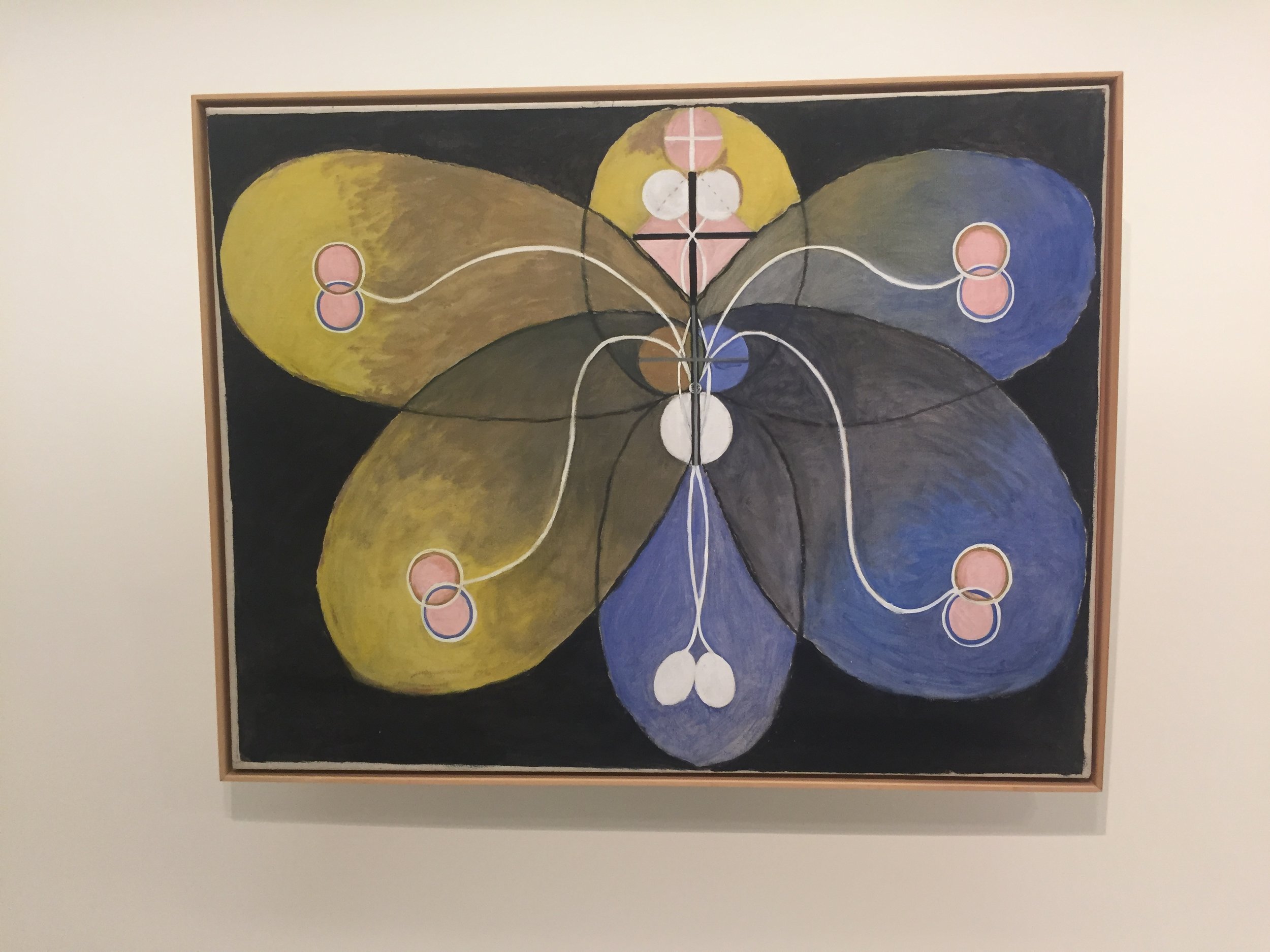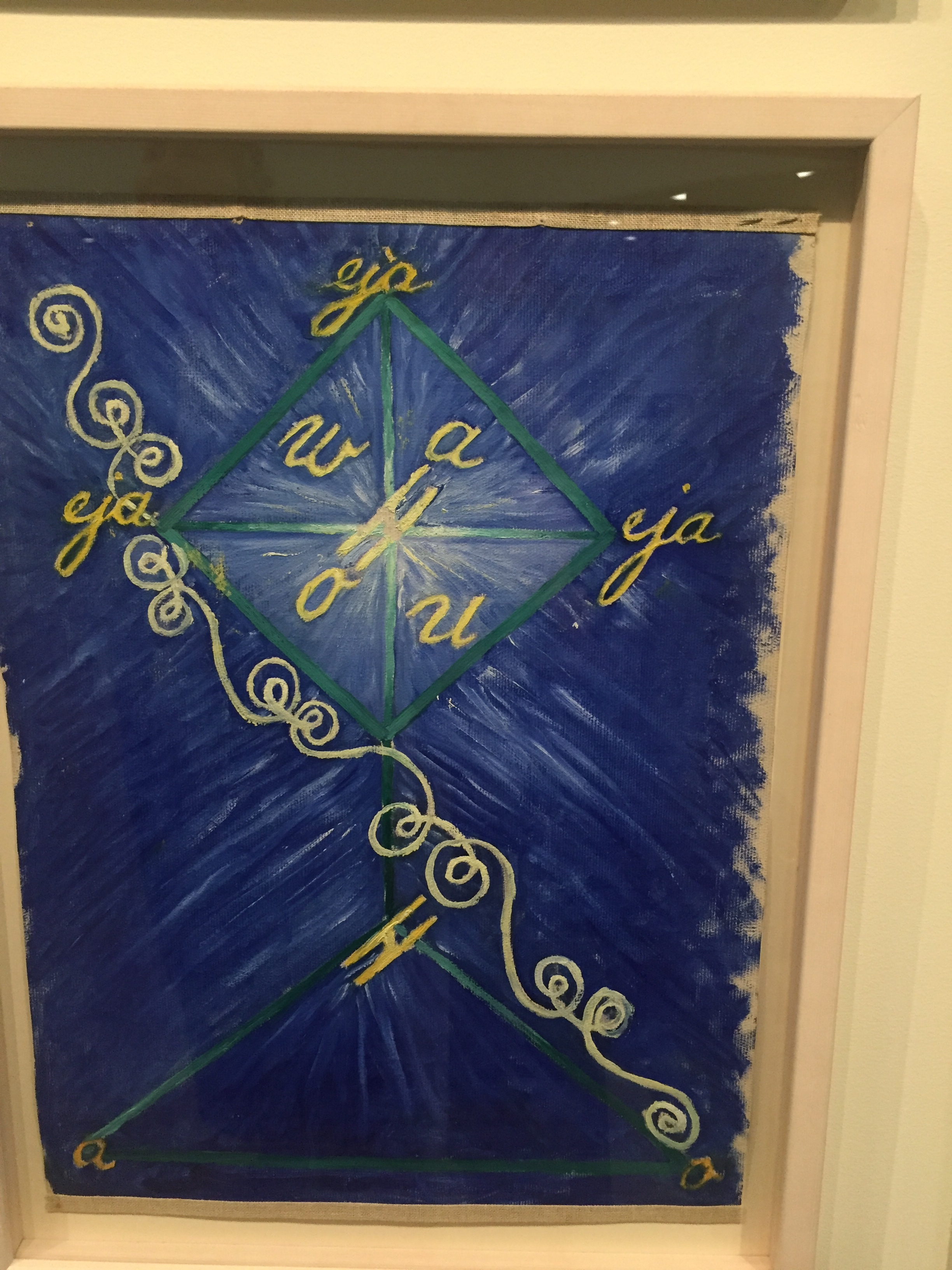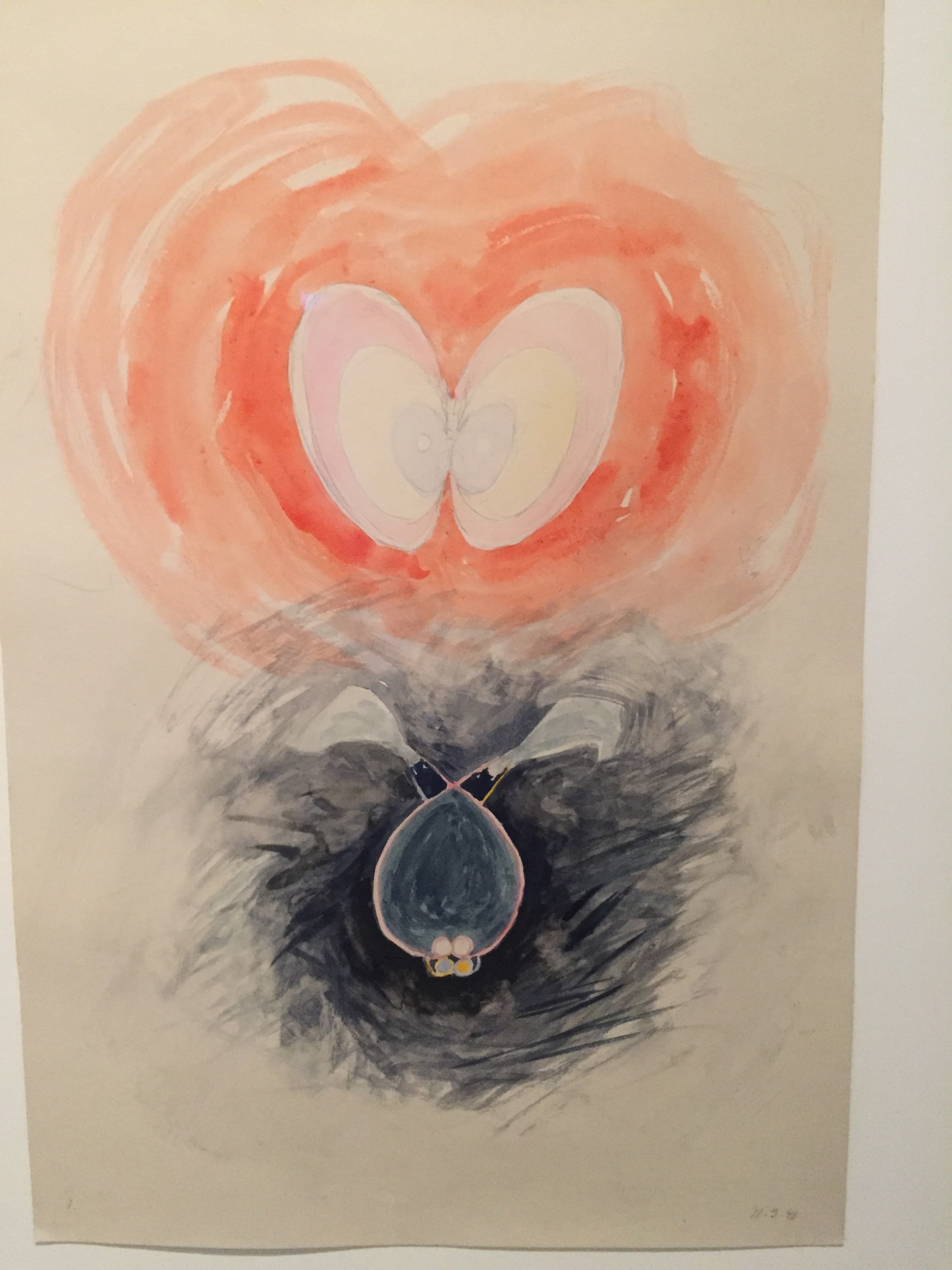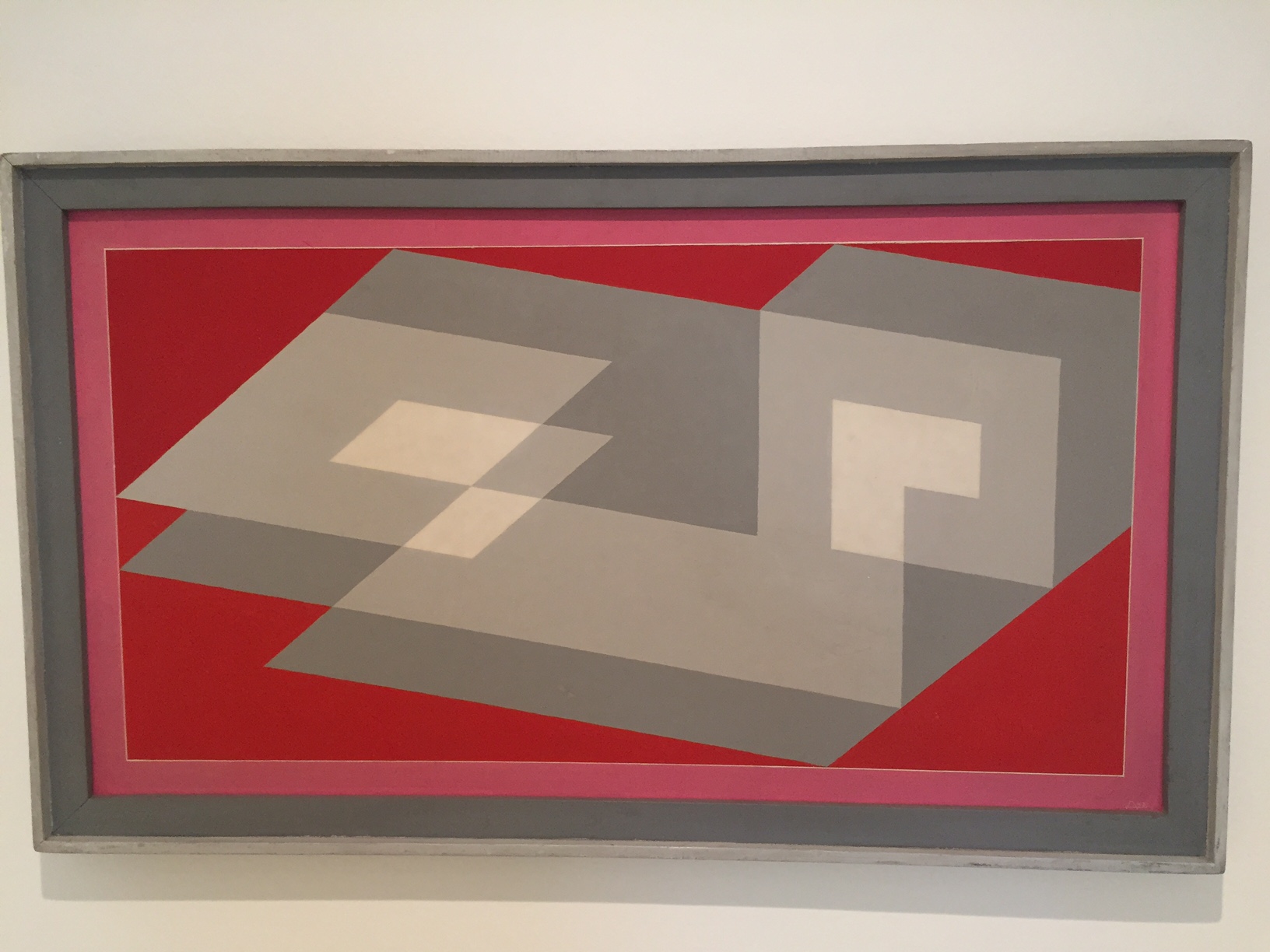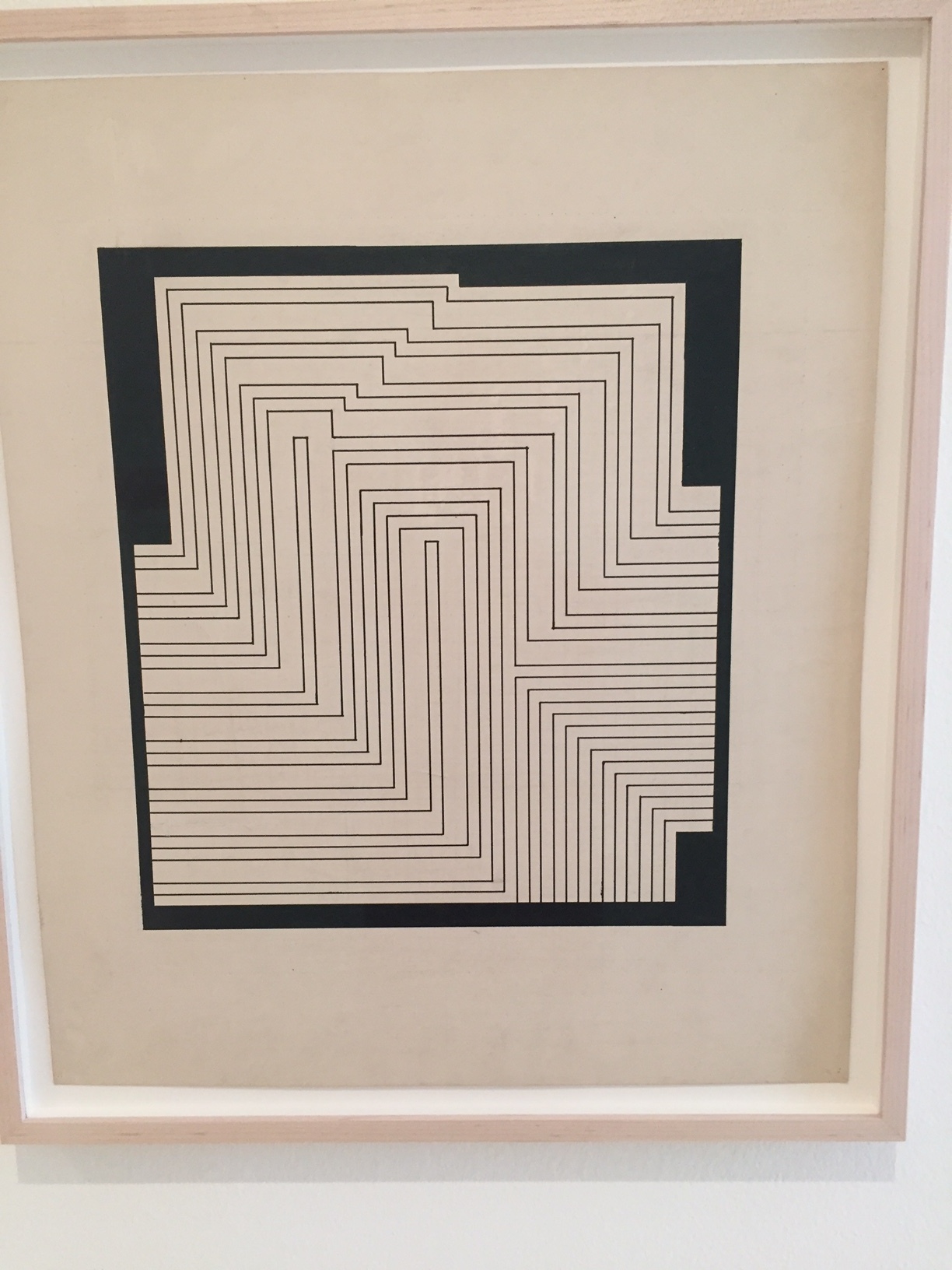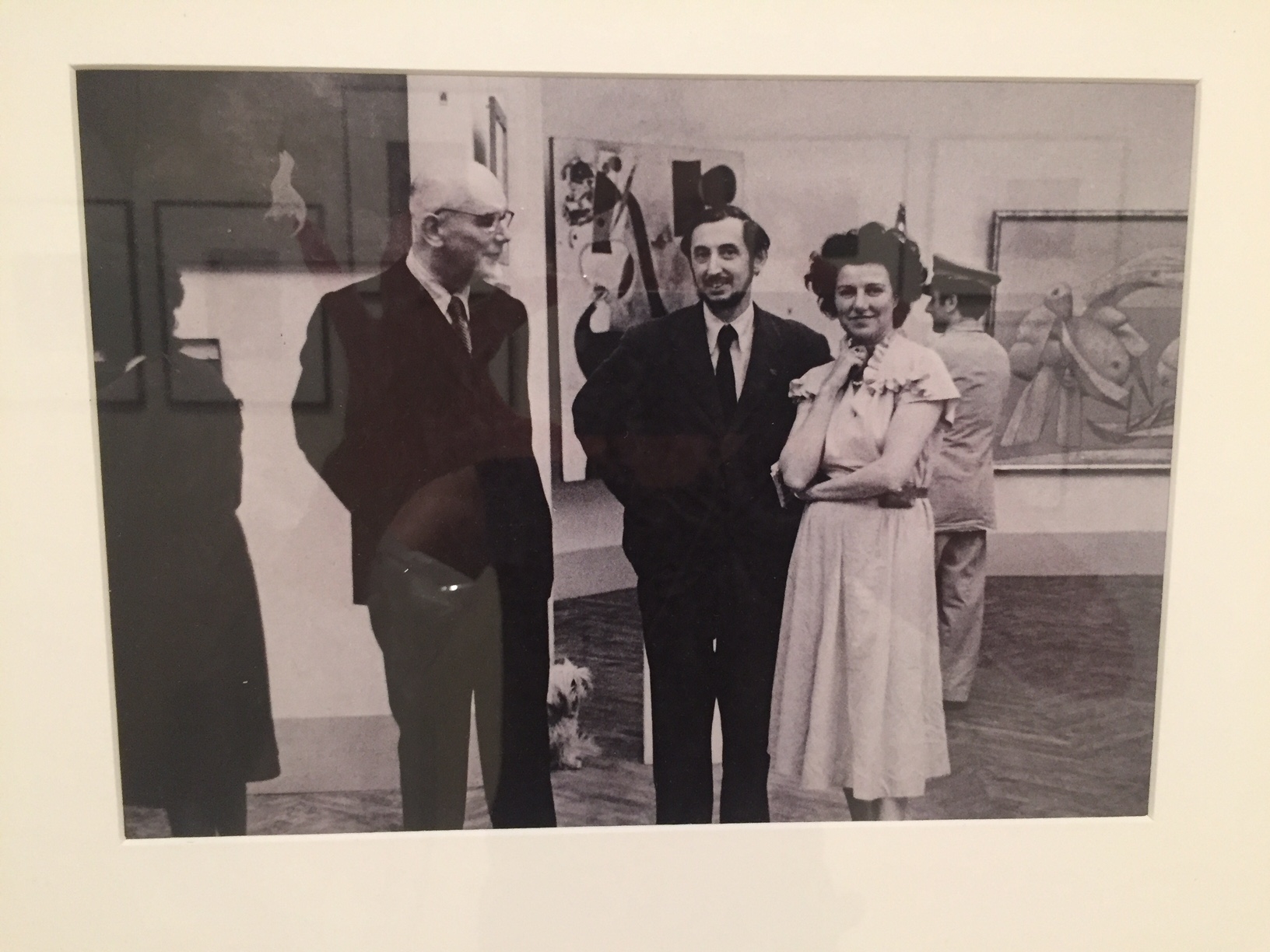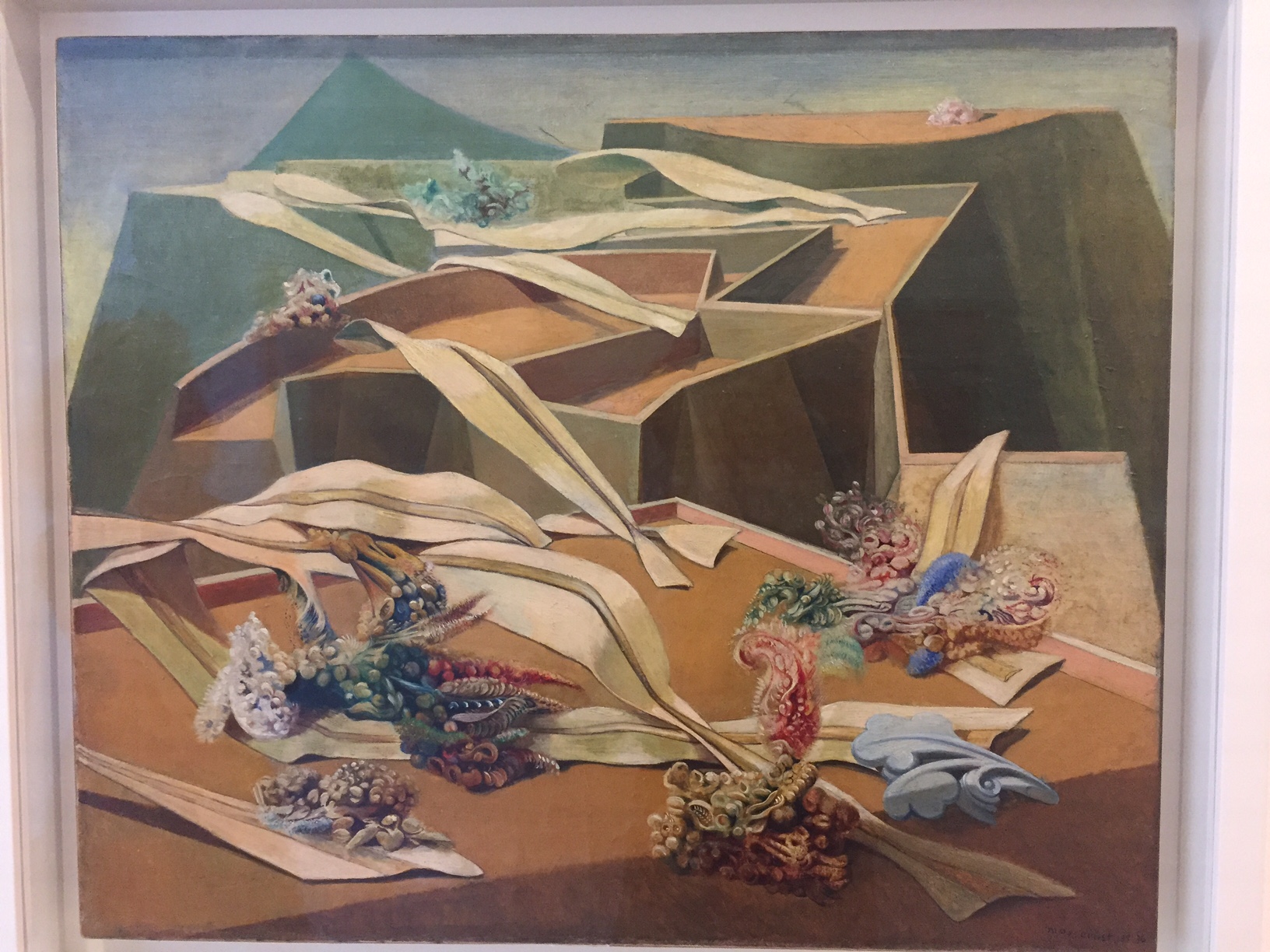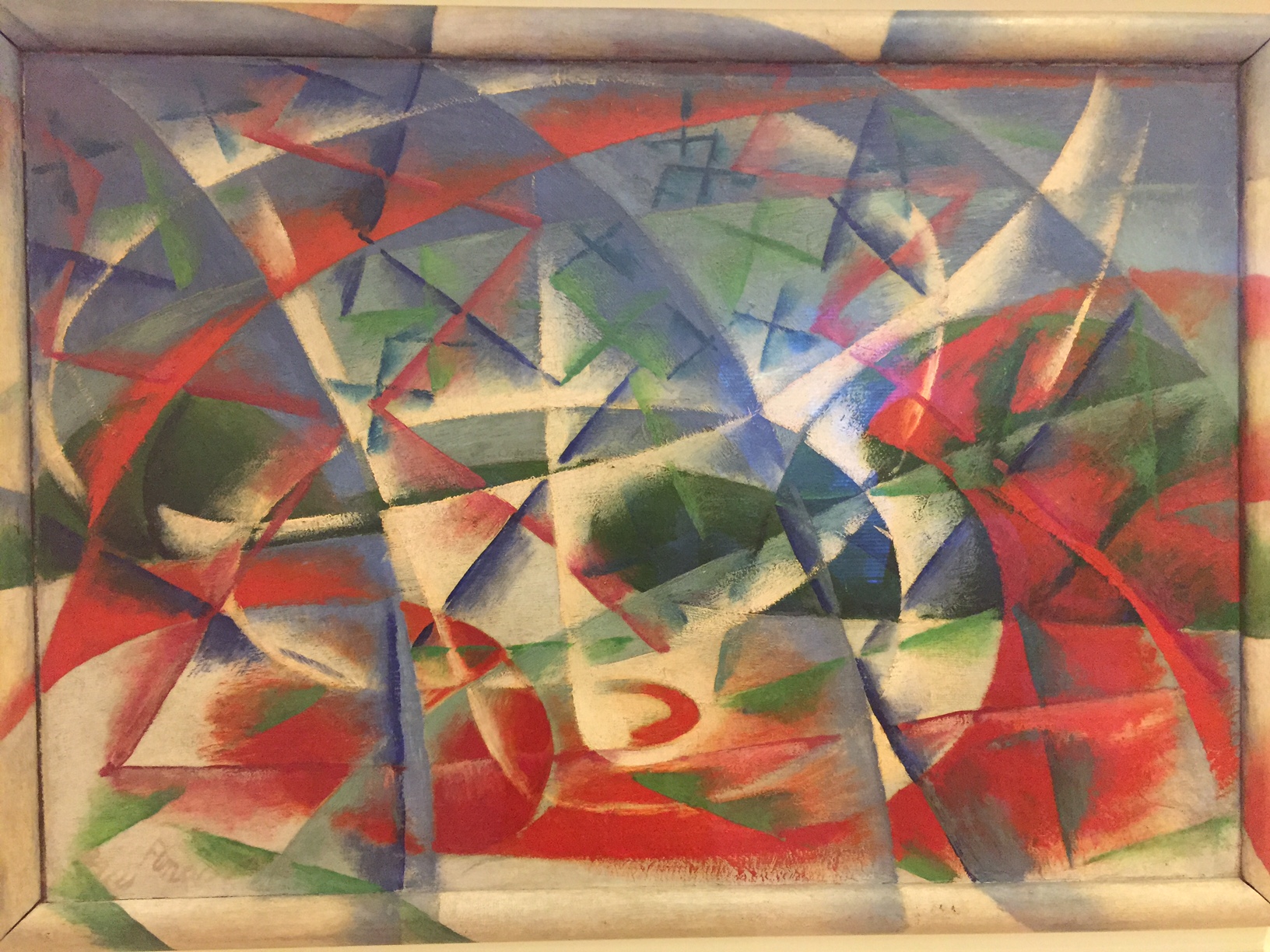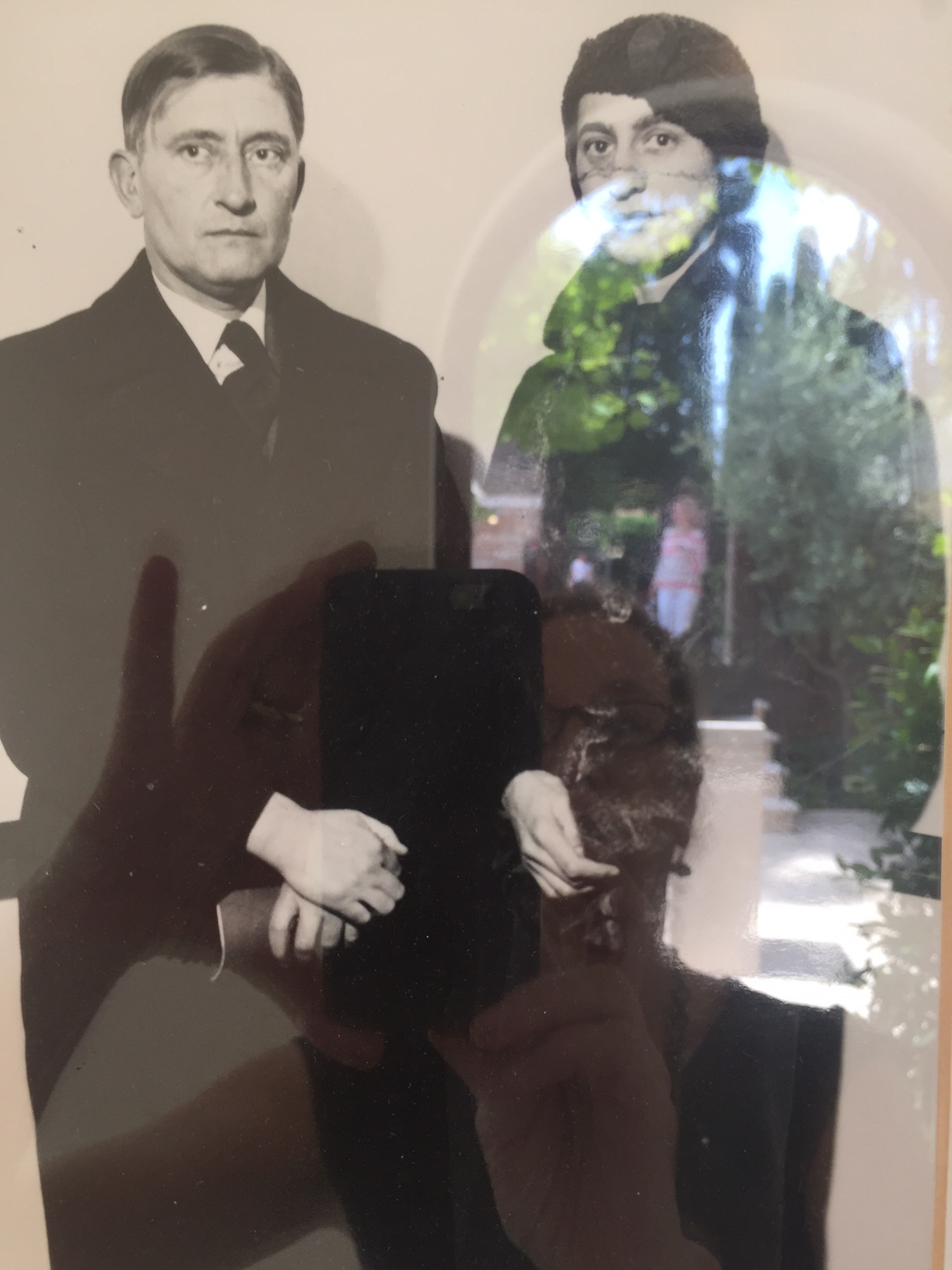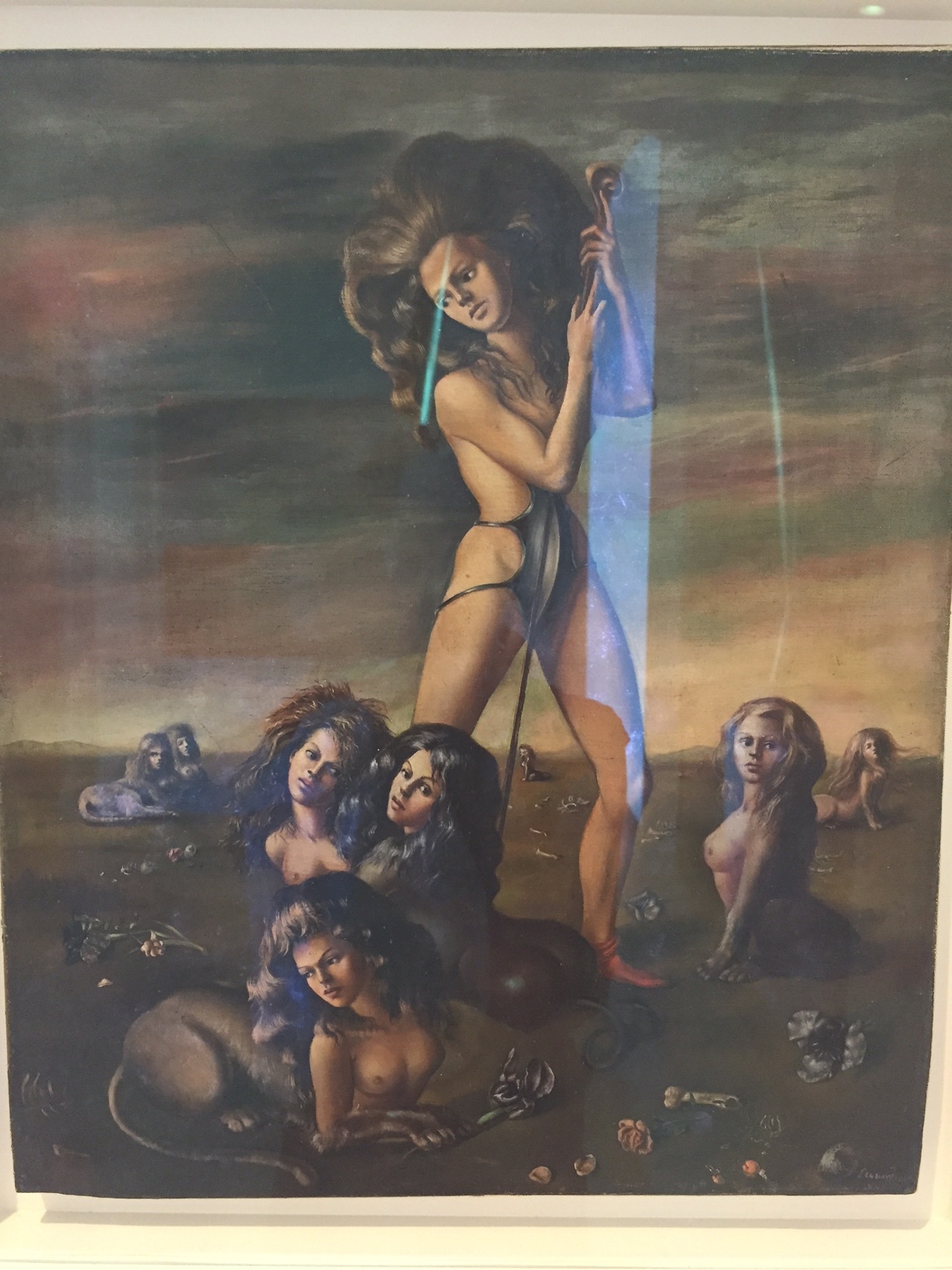When the Hilma Af Klint show was at the Guggenheim, the lines were around the block for this largely unknown artist as if for the Rockettes at Christmastime. Hilma turns out to have been a hidden rock star of art and a new documentary (put their hash tag) advocates most strenuously for her place in the artistic firmament. Hilma was fascinated by the scientific advances of her century that dialed down on the invisible: radio waves, atoms, quantum theories. She had a parallel belief in spirituality and communication-especially Theosophy- and founded a woman’s group of avid séance-practitioners. She painted, in dreamlike colors, enormous canvases and series that were hidden away until a few decades ago. By not having exhibited in her lifetime, she was not credited with her important breakthroughs in abstraction. (put The filmmakers name) puts her work ahead of Kandinsky’s. So many artists were breaking through at that time, it is hard to point one single finger. Still, the film is a fascinating look at what artists can create in isolation (artists take heart!), and reminds us that neither art fairs, nor galleries nor museums (MoMA rejected her work) can be considered the arbiters but that artists’ own passions are what drive the greatest creations.
Countryside-Rem Koolhaas on the hot seat
The reviews of Countryside have been unkinder than necessary. I found the vintage Technicolor graphics from China and Russia that Rem Koolhaas and team made into wallpaper, the undulating curtain with images that evoke the countryside from Marie Antoinette’s Hameau to Arcadia, inserts that ranged from hippie communes to gorillas, bathroom columns plastered with urban cowboys, Town and Country and Country Life magazine, Lego Sets and freestanding 19thcentury paintings a pleasurable and provocative riot of imagery and text (on the floor, walls and ceiling of the Guggenheim ramps). It was crowded and people were stopping to read, observe the plant life and tractor, watch the many videos. It’s as if Rem predicted that the Coronavirus would arrive and we would all want to flee into nature—which itself, he says is sorely compromised by climate change etc. It’s a perfect hike up the ramp into the Countryside. Go to the Guggenheim website for more images as alas the exhibition is now closed.
The Spirals and Spiritualism of Hilma af Klint at the Guggenheim
The Hilma af Klint exhibition curated by Tracey Bashkoff, just opening at the Guggenheim is an almost perfect marriage of subject and space. Like Frank Lloyd Wright, and a number of other artists working at the time, af Klint was absorbed with spirals and circles. These forms had migrated from spiritual practices, specifically Theosophy, Rosicruianism, and Utopianism, and influenced the practices of Kandinsky, Kupka, Malevich, and other artists and architects who were seeking to find some kind of artistic compatibility with the universe and scientific discoveries. Color theory became connected to mood and a number of new ideas relating to psychiatric states of being. Symbols and words were incorporated.
Like other adherents, Klint, who had already been a member of a Swedish women artists group, began to hold séances with four other like-minded women. After ten years, at one of the séances, she felt herself ‘instructed’ by one of the ‘High Ones” to create a cycle of paintings. (I would have liked to have been at this one). Af Klint felt herself to be a receptacle, similar to the adherents of surrealism and Breton’s automatic writing. Out of this impulse, arose The Paintings for the Temple, 193 works begun in 1906 , many on view at the museum. These works, some quite large, are lush abstractions that build on the geometries of the spiritual but are not in any way circumscribed by that impulse. The colors pop, but also soothe, and a rare harmony is achieved. They were never installed in any temple, but now they are installed in Wright’s temple. And it is heavenly.
Smaller works, later watercolors, display similar forays into geometric and biomorphic work, but then you will see hints of Josef Albers, Georgia O’Keefe and Victor Hugo. Af Klint often worked in series, variations on a theme. This adds to the didactic quality but surprisingly, that does not get in the way of delight.
It is going to be a social media extravaganza. Contemporary artists and audiences will thrill to these lesser-known works. (There is a roundtable on her, and her work on Friday open to the public) Apparently, wounded in love at an early age, she decided never to marry.
Af Klint’s will stipulated that the work not be shown for 20 years because it had been misunderstood by Rudolf Steiner, one of her philosophical idols, and he counseled her that she might get a similar reaction among her contemporaries. She was part of a 1986 exhibition at LACMA where I first saw her work, and much more recently a retrospective in Sweden but her foundation still is the principal proprietor. This exhibition marks the first dedicated solely to her in the US, .
The Peggy Guggenheim Museum
The Peggy Guggenheim Museum is irresistible to me. I've seen the paintings many times, yet they are some of my favorites. The many Max Ernsts (she helped him get his green card by marrying him so he could escape the war), the sexy Leonor Fini, the roomful of Pollocks (she was a great champion of his), the good Picassos, Brancusis et al. Unlike many collections, this one is so personal, and the homelike setting is so congenial to the art. Like Dominique de Menil she had a strong personal relationship to her artists and it comes through in the idiosyncratic collection.
Also there is the Albers in Mexico show, which I missed in NY and is small but pithy. The Albers fell in love with Mexico and New Mexico and returned time and again to the Mayan and Inca ruins for inspiration. Contact sheets of their travels show the intense level of engagement and the reflection in so much of the work. Missing are Annie's weavings. Why? This was the only thing that rankled.
